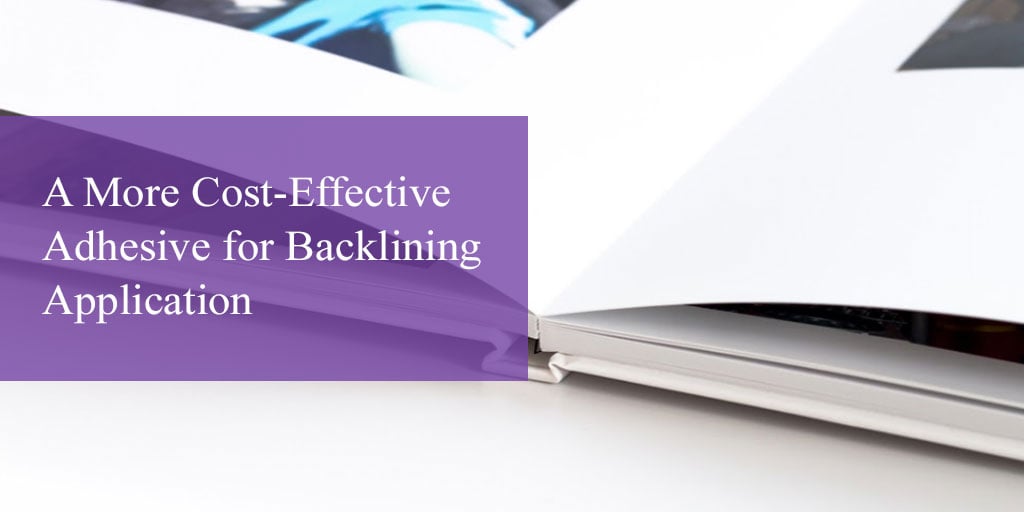The manufacturing industry is constantly changing, especially when it comes to creating hardback books. More recently, EVA hot melt has been a standard for backlining and still dominates, but before EVA hot melts, protein glue was used for backlining and is making a comeback once again.
Backlining: EVA Glue v.s. Protein Glue
Protein-based glues have been widely used for backlining and have several advantages and challenges when it comes to conventional backlining compared to EVA hot melt.
Lower Operational Temperatures
Gelatin glue is applied at lower temperatures than standard hot melt, often 140°- 150°F versus 275°-350°F. This reduces the potential for operator burns and energy consumption while increasing the longevity of the gluepot and the belts.
Biodegradable
Gelatin glue is formed through the hydrolysis of collagen from leftover medical gel netting for nutritional capsules. Additional ingredients include water, Epsom salts, corn sugar, and glycerin. Gelatin glue is biodegradable and non-toxic, unlike polymer-based hot melt glues.
More Cost-Effective
Not only are gelatin glues created from a recyclable source, but they are also more cost-effective per pound the hot melt adhesive. They also have better “lay-open” properties for books.
Easier Cleanup
Unlike an EVA hot melt that requires a solvent-based cleaning solution, protein glues can be
cleaned with hot water.
Weighing and Benefits and Challenges of Backlining Glues
Gelatin glues are an excellent solution for backlining but might not be the best fit for all situations. Since it is derived from a natural source, gelatin glues are not recommended for non-polar or coated substrates. It also has a longer opening time than standard hot melt glues.
However, gelatin glues are well received for greater safety, green properties, and lower energy costs, and easier cleanup. Below is a breakdown of the benefits of gelatin glue and hot melt so manufacturers can compare to see which better meets their needs.
Gelatin Glue Benefits
- Excellent performance on paper, paperboard, and wood surfaces
- Non-toxic, recyclable, and eco-friendly
- Wide range of open and set times
- Nearly tasteless, odorless, and faintly yellow in color
- Easy cleanup with no solvents needed
- Superior operator safety
- Competitively priced
Hot Melt Benefits
- Offers an aggressive bond
- Reduced char and odor
- No stringing or tailing
- Appear light in color
- Can include antioxidants to improve lifespan and prevent charring
Choosing the Right Adhesive for Your Production
Selecting the right glue for backlining applications all comes down to your manufacturing goals. No matter your current backlining method, using an adhesive that yields high production at a low cost is a smart strategy for future growth and profitability.
If using a sustainable adhesive solution interest you, gelatin glue might be the answer. Talk to the adhesive experts at LD Davis about your manufacturing goals today.







